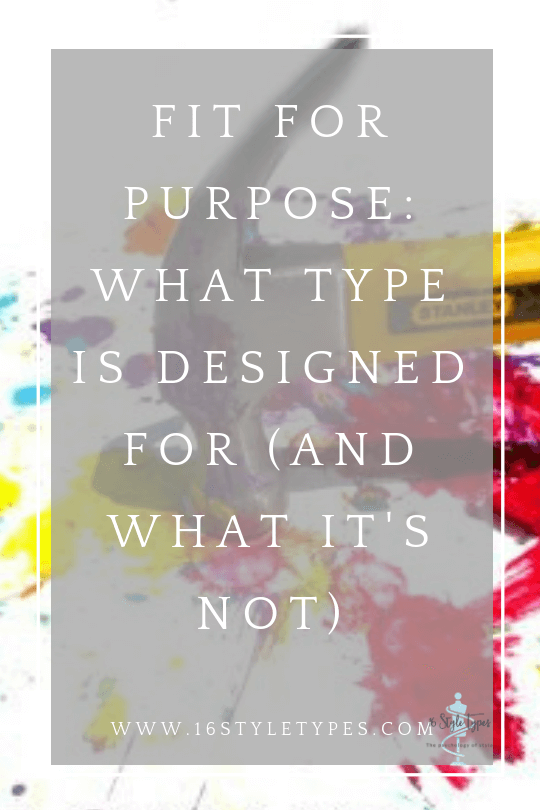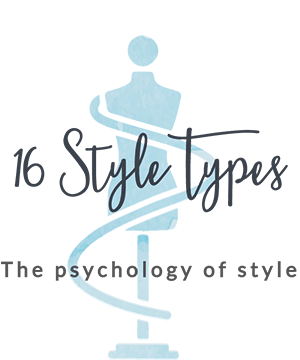Imagine this scenario. You’re minding your own business, out and about doing what you do. With lots of things on your mind, you’re surprised when someone taps you on the arm and says “Hi, you!”. You catch your breathe and stop for a moment to register this friendly overture. Yes, it’s someone you know – not a friend but an acquaintance, someone you’ve had a few interactions with – she seems quite a nice person, quite normal, someone you could perhaps imagine becoming friends with if your paths intersected a little more.
She’s standing there talking quite normally, but she doesn’t seem to have noticed that she’s wearing her shoe on her head. You peek a second look, wanting to double check that it is indeed a red high heel that she has perched on her noggin. Yep, it is.
The woman is wearing a shoe on her head.
She says to you, “You know, this new hat I bought – it’s a great color and everything, but it offers such little protection from the elements, it really is quite useless in that regard. And you know what else? It’s uncomfortable.”
You stare a moment, confused, nonplussed. Gathering your wits quickly, you respond with an incisive yet caring question. Possibly something along the lines of, “But what on earth did you imagine it would do as a HAT?” Perhaps before waiting for a response, you might think to add, “It’s a shoe, you silly person! You don’t wear it on your head! You wear it on your foot, traditionally with a matching one for your other foot”.

“This hat is so uncomfortable!”
Okay this all sounds rather fanciful, and it is. It’s just a made up story intended to illustrate what happens when people criticize Psychological Type, or more accurately, the brand name instrument known throughout corporate hallways and HR Departments, the Myers Briggs Type Indicator®, or MBTI® for short.
There is criticism of this model of personality, for sure. Anybody who does the most cursory online search will find various articles, books, blogs, and other sources of critique.
What a lot of people who are searching neglect to do is to spend as much time as they spent searching for criticisms of the MBTI® searching for appreciation of it, including all the scientific, psychometric, and statistical data that exists in support of it.
Such as the well-researched and peer-reviewed article by Moyle and Hackston in the Journal of Personality Assessment 2018. Feel free to spend some quality time reading how the authors thoughtfully, systematically, scientifically, intelligently, and respectfully refute so much of the criticism leveled at the MBTI®.
In short, what they say is the Indicator (that’s what the “I” in MBTI® stands for – and that word is purposeful: Type indicates, not dictates) is being used for a purpose it is not designed for, and has never been designed for.
So much criticism of the MBTI® is misplaced with it being condemned for being a hat, when it’s really a shoe, was only ever designed to be a shoe, and will only ever be a shoe. Why some folk decided to pop that red high heel on their head and declare it a hat could remain one of life’s great mysteries – but it sure isn’t what those who designed and created it had in mind for it.
When you criticize a shoe for not performing as a hat, there’s something wrong with the criticism – not the shoe.

So many personality instruments are used to predict workplace performance and are often used in employee selection processes, which is not only an unintended use of the MBTI® but an unethical use of it, according to the professional association which guides the ethical use of Psychological Type, the Association of Psychological Type International (APTI), a non-profit organization which two of the 16 Style Types co-creators have been closely involved with — Jane Kise as President, and Jill Chivers as a serving Board member for 3 years, the only Australian ever to serve on the APTI Board.
Like the woman wearing a shoe as a hat, Psychological Type should never be used to predict any kind of behavior, or to select candidates for work. It’s simply the wrong tool for the job.
Moyle and Hackston:
Personality results are used not to predict performance, but as a vehicle for increasing self-awareness…. it is a starting point for change, not a predictor of the outcome.
In decades of experience designing and delivering impactful and memorable workplace experiences designed to develop the capacities of individuals to lead and cooperate with one another, we can say with confidence that Psychological Type is an outstanding tool for the job.
Type offers unparalleled opportunities to become more self-aware, and to grow – as a tool for lifelong self-discovery, it’s sensational. It gives non-judgmental, clear, and helpful language to help us understand those who are different to us (including those who are really, really different to us).
Type is based on real life. All you have to do is look around you, at the people in your life, and the interactions you find easy and those you find frustrating, stressful, or just plain strange, to see evidence of Type all around you.
Type recognizes innate preferences, but also learned behavior — we get to keep the experiences and skills we pick up in life – they all help make us who we are, and feed into our unique sense of identity.
Type does not, and cannot, explain everything there is about us. It’s not intended to do that, either. It’s a wonderful tool, but it has its limitations. Any empathetic, experienced, and skilled coach, trainer, or facilitator knows this and uses Psychological Type as intended.
Type is a shoe for the foot, never to be put on the head. Never intended to shelter one’s noggin from the rain or the sun.
When used as designed, Type provides beauty and balance, style and stability, insight and information.
Moyle and Hackston again:
In development, focus is not on the scores of the assessment but what is done with those scores. What insights are illuminated? What actions are taken as a result? How are any barriers to change overcome?
Beautifully said. And precisely the purpose of Psychological Type in a development setting. Collectively Jill and Jane have facilitated hundreds of corporate workshops with thousands leaders and developing leaders and have witnessed the capacity of Type to offer a unique and powerful key to understanding oneself.
Type prompts insight, it suggests actions, it encourages change.
So next time you hear someone dissing Psychological Type, refer them to this article, and specifically to the wonderful, intelligent piece by Moyle and Hackston.
Oh and remind them that shoes are intended for feet – never to be improperly employed as a covering or adornment for the head.

















